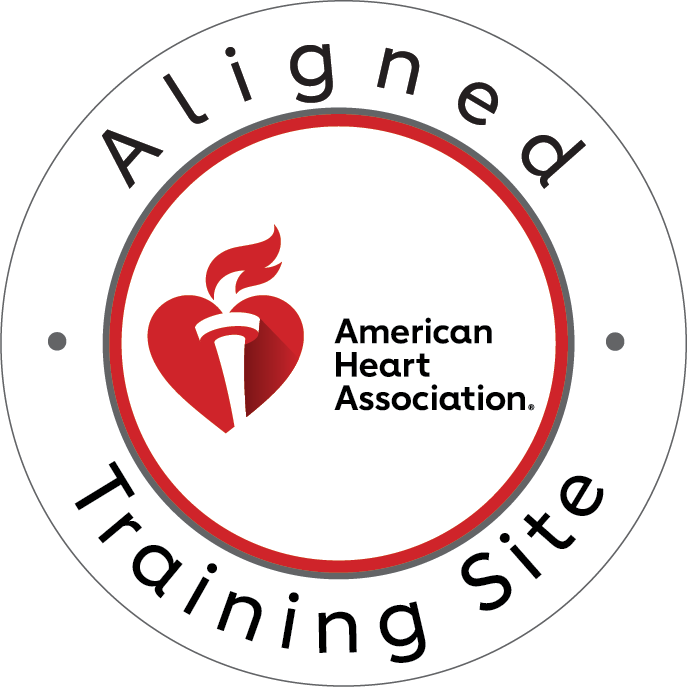Understanding the Critical First Steps of Injury Assessment Protocol
When an emergency strikes, the first moments determine the outcome. Understanding the proper injury assessment protocol can mean the difference between life and death. Whether you’re a healthcare professional, first responder, or concerned citizen, knowing these fundamental steps empowers you to respond effectively in critical situations.
What is the First Step of the Injury Assessment Protocol?
The first step of the injury assessment protocol involves ensuring scene safety and establishing situational awareness. According to the 2024 American Heart Association and American Red Cross Guidelines for First Aid, these guidelines represent the first comprehensive update of first aid treatment recommendations since 2010, emphasizing the importance of a systematic approach to emergency response.
Before approaching any injured person, responders must evaluate potential hazards. This includes checking for fire, electrical dangers, unstable structures, or ongoing violence. Scene safety protects both the responder and the injured person from further harm. Additionally, activating emergency medical services early ensures professional help is on the way.
The injury assessment protocol begins with the recognition that every emergency scene presents unique challenges. Responders must remain calm and methodical. This initial step sets the foundation for all subsequent assessment and treatment decisions.
What is the First Step in Assessing an Injured Person?
Once scene safety is established, the first step in assessing an injured person involves checking their responsiveness and consciousness level. This initial contact determines the urgency of the situation and guides subsequent actions within the injury assessment protocol.
The primary survey is designed to assess and treat any life-threatening injuries quickly. It should be completed very rapidly. The main causes of death in a trauma patient are airway obstruction, respiratory failure, massive hemorrhage, and brain injuries. This systematic approach ensures critical issues receive immediate attention.
Responders should gently tap the person’s shoulders and shout, “Are you okay?” If there’s no response, this indicates a potentially serious condition requiring immediate intervention. A responsive person can provide valuable information about their condition, pain levels, and what happened.
The injury assessment protocol emphasizes treating what you find as you find it. If the person is unresponsive, immediate life support measures may be necessary. However, if they respond, gather information while continuing your assessment.
What is the First Step for Conducting an Initial Injury Assessment Protocol?
The first step for conducting an initial injury assessment protocol follows the internationally recognized ABCDE approach: Airway, Breathing, Circulation, Disability, and Exposure. Advanced Trauma Life Support (ATLS), developed by the American College of Surgeons, promotes the primary survey sequence as airway, breathing, circulation, disability, exposure (ABCDE).
Airway Assessment in Injury Assessment Protocol
Airway assessment comes first because airway obstruction is a major, preventable cause of death in trauma victims. Check if the person can speak clearly, which indicates a patent airway. Look for visible obstructions, listen for abnormal sounds, and assess for potential cervical spine injury that might complicate airway management.
Signs of airway compromise include stridor, gurgling sounds, or inability to speak. In unconscious patients, the tongue often causes obstruction. The injury assessment protocol requires immediate airway clearing and positioning to maintain patency.
Breathing Evaluation
Next, evaluate breathing effectiveness. Look for chest rise and fall, listen for breath sounds, and feel for air movement. Count respiratory rate and assess breathing quality. Normal adults breathe 12-20 times per minute with a regular rhythm.
Watch for signs of respiratory distress such as accessory muscle use, cyanosis, or asymmetric chest movement. These findings within the injury assessment protocol indicate serious injury requiring immediate intervention.
Circulation Assessment
Circulation assessment involves checking pulse, skin color, temperature, and signs of bleeding. Feel for pulse strength and regularity at the carotid or radial artery. Weak, rapid pulses may indicate shock from blood loss or other causes.
External bleeding requires immediate control through direct pressure, elevation, and pressure points if necessary. The injury assessment protocol prioritizes stopping massive hemorrhage to prevent exsanguination.
Advanced Components of Injury Assessment Protocol
Disability Evaluation
Disability assessment focuses on neurological function and potential spinal cord injury. Always assume all major trauma patients have an injured spine and maintain spinal immobilisation until the spine is cleared. Check pupils for size, equality, and reaction to light.
Assess level of consciousness using the AVPU scale (Alert, responds to Voice, responds to Pain, Unresponsive) or the Glasgow Coma Scale for more detailed evaluation. Motor function testing helps identify neurological deficits.
Exposure and Environment
The final component involves exposing injuries while preventing hypothermia. Remove clothing as necessary to visualize injuries, but maintain patient dignity and warmth. Environmental control prevents secondary complications.
Look for hidden injuries, particularly in areas covered by clothing or equipment. The injury assessment protocol requires thorough examination while maintaining patient stability.
Documentation and Communication in Injury Assessment Protocol
Proper documentation supports continuity of care and legal protection. Record vital signs, treatments provided, and patient responses. Clear communication with incoming EMS personnel ensures a seamless transition of care.
The injury assessment protocol includes gathering SAMPLE history when possible: Signs and symptoms, Allergies, Medications, Past medical history, Last oral intake, and Events leading to injury. This information guides treatment decisions and helps identify potential complications.
Training and Certification Requirements
Effective injury assessment protocol implementation requires proper training and regular practice. A delayed response time could affect outcomes after severe injury, highlighting the importance of an immediate, competent response.
Healthcare providers need certification in Basic Life Support, Advanced Cardiac Life Support, and trauma care protocols. Non-healthcare personnel benefit from first aid and CPR training to provide initial care until professionals arrive.
Regular skills practice ensures responders maintain competency. Mock scenarios help develop decision-making skills and teamwork essential for effective injury assessment protocol execution.
Quality Improvement and Protocol Updates
Modern injury assessment protocols evolve based on research and clinical experience. Incorporating the results of structured evidence reviews from the International Liaison Committee on Resuscitation, these guidelines cover first aid treatment for critical and common medical, traumatic, environmental, and toxicological conditions.
Continuous education ensures responders stay current with best practices. Quality improvement programs analyze outcomes and identify areas for protocol enhancement. Regular training updates maintain high standards of emergency care.
Conclusion
Understanding and implementing proper injury assessment protocol saves lives. The systematic ABCDE approach ensures critical issues receive priority attention while preventing oversight of important findings. Regular training and practice maintain competency in these life-saving skills.
Emergencies demand immediate, competent response. The injury assessment protocol provides the framework for organized, effective care that maximizes patient outcomes. Whether responding as a healthcare professional or trained citizen, these skills make you a valuable community asset.
Take action today to strengthen your emergency response capabilities. Contact CPR Kansas City for comprehensive CPR certification and First Aid Classes in Kansas City. Our American Heart Association-certified programs provide hands-on, stress-free training that prepares you for real emergencies. Don’t wait until you need these skills – develop them now through professional training with the best CPR class in Kansas City.
Frequently Asked Questions
- What happens if I skip the scene safety assessment in the injury assessment protocol?
Skipping scene safety can result in multiple casualties, including yourself. The injury assessment protocol always begins with ensuring the environment is safe for both responder and patient. Hazards like electrical wires, fire, or unstable structures can cause additional injuries. Take time to evaluate and mitigate risks before approaching any injured person.
- How long should the initial injury assessment protocol take?
The primary survey using the ABCDE approach should be completed within 2-5 minutes for life-threatening conditions. However, the injury assessment protocol is dynamic – treat problems as you find them. Critical issues like airway obstruction or severe bleeding require immediate intervention, which may extend assessment time while saving lives.
- Can untrained individuals perform the injury assessment protocol effectively?
While basic injury assessment protocol principles can help untrained individuals, proper training significantly improves outcomes. Anyone can learn to check responsiveness, call for help, and provide basic first aid. However, a comprehensive injury assessment protocol requires an understanding of anatomy, physiology, and emergency procedures, best learned through formal training programs.
- What’s the most common mistake in injury assessment protocol?
The most common mistake is focusing on obvious injuries while missing life-threatening problems elsewhere. The systematic injury assessment protocol prevents this by following the ABCDE sequence regardless of visible injuries. Another frequent error is moving patients unnecessarily, potentially worsening spinal injuries. Always maintain spine immobilization until cleared by professionals.





